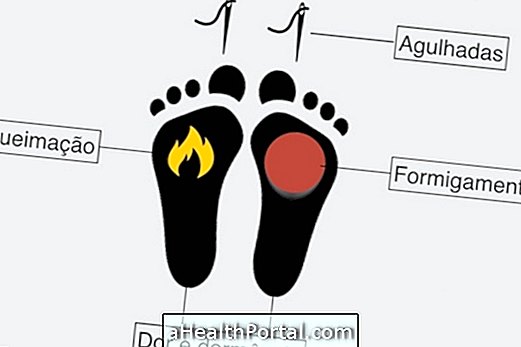Breast implants are structures of silicone, gel or saline that can be used to enlarge the breasts, correct asymmetries and improve the contour of the breast, for example. There is no specific indication for placement of silicone prostheses, and are usually requested by women who are dissatisfied with the size or shape of their breast, and have a direct impact on self-esteem.
Many women resort to the placement of silicone prostheses after breastfeeding, since the breasts become flaccid, small and sometimes fallen, and in these cases the placement of the prosthesis is indicated about 6 months after the end of breastfeeding. In addition, breast implants can be used in the breast reconstruction process in case of breast removal due to breast cancer.
The value varies according to the desired volume and characteristics of the prosthesis, which can cost between R $ 1900 and R $ 2500, 00, however, the complete surgery can vary between R $ 3000 and R $ 7000, 00. In the case of women who wish to place prostheses due to mastectomy, this procedure is a right for women who have registered in the Unified Health System, and can be done at no cost. Understand how breast reconstruction is done.
![]()
How to choose the type of silicone
Breast implants vary according to shape, profile, size and material, so it is important that the prosthesis is chosen together with the plastic surgeon. Usually the surgeon evaluates the size of the chest, tendency to flaccidity and appearance of stretch marks, skin thickness and purpose of the person, as well as lifestyle and plans for the future, such as the desire to become pregnant.
It is important that the placement of the prosthesis is done by a specialist doctor regularized by the Federal Council of Medicine (MRC) and that the prosthesis meets the quality criteria, is approved by ANVISA and has a shelf life of at least 10 years .
Prosthesis Size
The volume of the prosthesis varies according to the physical structure of the woman and her goal, which can vary between 150 and 600 ml, being recommended, most of the times, the placement of 300-ml prostheses. Higher volume prostheses are only indicated for women with a physical structure capable of supporting the weight of the prosthesis, being indicated for tall women with large thorax and hip.
Place of placement
The prosthesis can be placed through an incision that can be made under the breast, axilla or in the aureole. It can be placed over or under the pectoral muscle according to the woman's physical makeup. When the person has enough skin or fat, it is indicated the placement of the prosthesis over the pectoral muscle, leaving the appearance more natural.
When the person is very thin or does not have much breast, the prosthesis is placed under the muscle. Learn all about breast implant surgery.
![]()
Main types
Breast prostheses can be classified in some types according to their characteristics, such as shape, profile and material, and may consist of saline, gel or silicone, the latter being the choice of most women.
In the saline prosthesis, the prosthesis is placed through a small incision and filled after placement, and can be adjusted after surgery. This type of prosthesis is usually palpable and in case of rupture one can perceive one breast smaller than the other, unlike the prosthesis of gel or silicone, in which most of the times are not perceived symptoms of rupture. However, gel or silicone prostheses are smoother and softer and difficult to palpable, and are therefore the main choice of women.
Shape of the prosthesis
The silicone prostheses can be classified according to their shape in:
- Conical prosthesis, in which greater volume can be noticed in the center of the breast, guaranteeing greater projection to the breasts;
- Round prosthesis, which is the type most chosen by women, because it leaves the neck more drawn and ensures a better contour of the breast, and is usually indicated for women who already have some breast volume;
- Anatomical or drop-shaped prosthesis, where most of the volume of the prosthesis is concentrated in the lower part, resulting in a natural breast augmentation, but leaves the cervix scarcely marked.
The anatomical prostheses, because they do not give so much projection to the breasts and do not demarcate well the lap, are not usually chosen by surgeons and women with aesthetic purpose, and are usually used in breast reconstruction processes, since they promote the increase of the shape and contour of the sinus of proportional form.
Profile of the prosthesis
The profile of the prosthesis is what guarantees the final result, being able to be classified in super high, high, moderate and low. The higher the profile of the prosthesis, the steeper and projected the breast becomes and the more artificial the result. Prostheses with a super high profile are indicated for women who have some degree of sagging of the breasts, however, the result may be unnatural.
In the case of the moderate and low profile, the breast becomes flatter, with no projection and no marking of the cervix, since the prosthesis has a small volume and a large diameter. Thus, this type of prosthesis is indicated for women who wish to do breast reconstruction or who do not want the breasts to be projected too far forward, with a more natural result.
Who should not put silicone
The placement of silicone prostheses is contraindicated for women who are pregnant or who are in the postpartum or breastfeeding period and should wait at least 6 months to place the prosthesis and not be recommended for haematological, autoimmune or cardiovascular diseases and for people under 16 years.
























